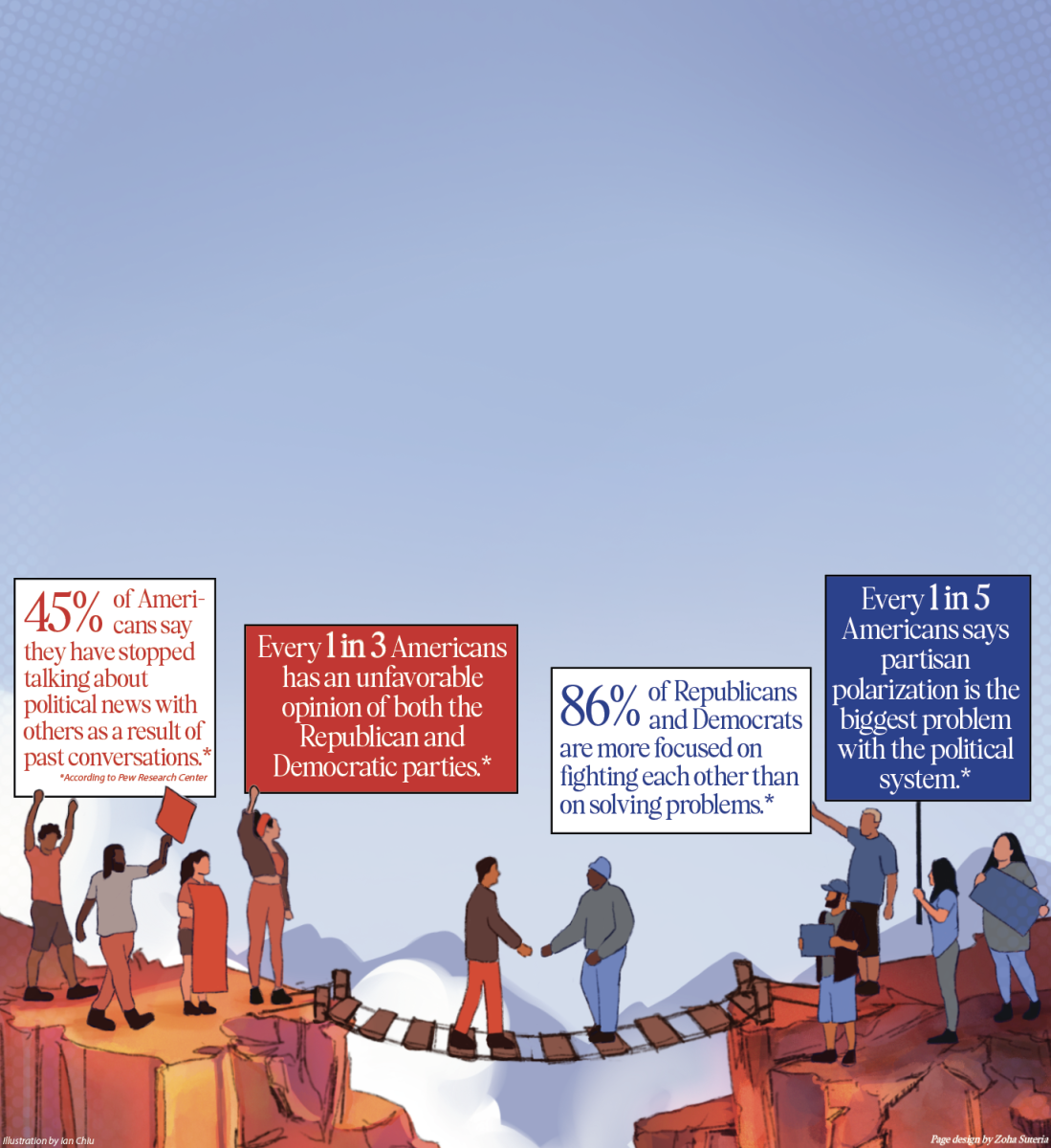ChatGPT uses roughly 16 ounces of water for every 100-word email it generates. That same email uses enough electricity to power 14 light bulbs for one hour, according to a study conducted by The Washington Post.
AI is considered to be the future of human progress that drives innovation, but behind the sleek interfaces, and self-learning algorithms, is the troubling reality of its environmental impacts.
AI requires both software, a program, and hardware, the physical machinery necessary to run the program. The hardware is used to create large-scale AI computers, which are housed in large data centers. These data centers then require an abundance of raw materials, such as timber, oil, minerals, and natural gas to create and water to cool.
The hardware to create the servers and machines that power AI, carry ramifications beyond just energy. In fact, the production, transportation, maintenance, and disposal of these components require rare natural resources and can contaminate soil and water if not disposed of properly, according to Yuan Yao, Associate Professor of Industrial Ecology and Sustainable Systems at Yale University.
The environmental impacts of AI have increased with the rapid development of the technology. A request made through ChatGPT consumes 10 times the electricity of a Google Search The International Energy Agency reported.
We encourage South students and staff to make informed decisions about using AI keeping the severe environmental impacts in mind.
Junior Maddie Meyer uses ChatGPT and Snapchat AI as study aids, asking AI to quiz her or create a game out of her study guide. Knowing how AI affects the environment, Meyer has shifted her outlook, trying to use AI less.
“Everyone always talks about the [ethical] impact of AI, so I was shocked to find out it could have a physical impact as well,” Meyer said. “After I learned about the [environmental effects], I’ve tried becoming more mindful of when I’m using AI.”
About 66 percent of South students have used AI-powered tools like ChatGPT, and 52 percent are aware that AI requires significant energy to operate and can have negative environmental impacts, according to a nonscientific Oracle survey.
In the field of AI, there have been efforts to mitigate the energy and environmental waste that it causes. Green AI is a movement in AI that focuses on energy efficiency and sustainability, offering solutions through cloud centers with mobile and edge devices, leading to a low carbon footprint, better data quality, and lower complexity in computation, according to a study conducted by Galician University in Spain.
Furthermore, the Coalition for Sustainable AI, an initiative launched by the United Nations Environment Programme and the International Telecommunication Union, creates a community that contributes to connecting AI and global sustainability goals, according to its website. South students and staff can support corporations and organizations involved in the coalition, such as Climate Change AI, and even use environmentally-friendly web browsers such as Ecosia.
As we navigate the AI era, it is crucial to approach with caution and commitment to upholding the sustainability of the environment.
So, after you’ve read this article, why are you still using AI?









